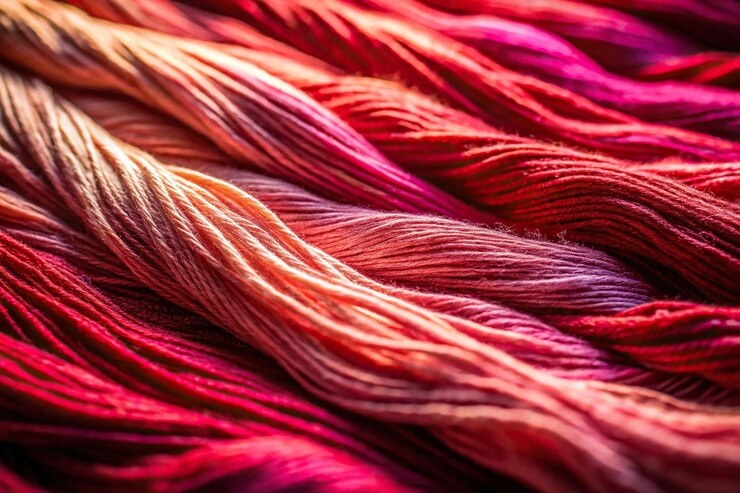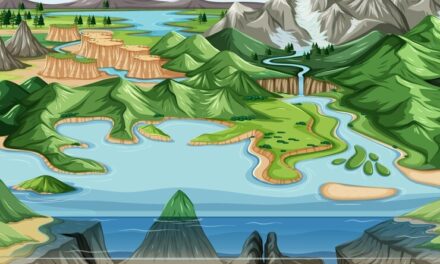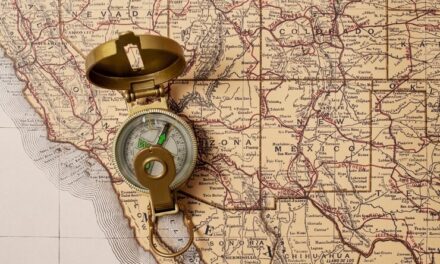In this chapter, we’ll dive into the fascinating world of clothing materials, their history, and how they are made. We will cover everything from natural fibres like cotton and wool to synthetic fibres like nylon and polyester. The chapter provides a thorough overview of fibres and fabrics, including their history, types, properties, and the processes involved in making clothing materials. It aims to give students a clear understanding of how everyday fabrics are produced and their significance in our lives.
Introduction to Clothing Material
A Brief History of Clothing Materials
Clothing materials have evolved significantly over thousands of years. Early humans used natural materials such as animal hides and plant fibres to make garments. As civilizations advanced, people discovered various ways to spin, weave, and dye fibres to create different types of fabrics.
Ancient Clothing: The earliest clothes were made from animal skins and plant leaves. As people learned to spin and weave, they began to use natural fibres like wool and cotton. The invention of dyes allowed them to add color and patterns to their garments.
Medieval Period: During the medieval period, clothing became more sophisticated with the use of linen, wool, and silk. Trade routes like the Silk Road facilitated the exchange of fabrics and techniques between different cultures.
Modern Era: The Industrial Revolution brought about significant changes in fabric production with the invention of spinning machines and weaving looms. Today, we have a wide variety of fabrics, including both natural and synthetic materials.
Types of Cloth Material
Cloth materials can be classified into natural and synthetic categories. Each type has its unique properties and uses.
Natural Fibres
Natural fibres come from plants and animals. They are known for their comfort, breathability, and biodegradability.
– Cotton: Soft and breathable, cotton is one of the most commonly used fibres. It comes from the cotton plant’s seeds.
– Wool: Warm and elastic, wool is obtained from sheep and other animals. It’s known for its insulating properties.
– Silk: Luxurious and smooth, silk is produced by silkworms. It has a natural sheen and drapes beautifully.
– Jute: Coarse and strong, jute is used for making burlap and sacks. It comes from the jute plant’s stalks.
Synthetic Fibres
Synthetic fibres are man-made and derived from chemicals. They are often used for their durability and affordability.
– Nylon: Strong and stretchy, nylon is used in everything from clothing to carpets.
– Polyester: Wrinkle-resistant and durable, polyester is commonly used in a wide range of clothing and home textiles.
– Spandex: Known for its elasticity, spandex is often blended with other fibres to provide stretch.
Fibre and Types of Fibre
Fibres are the building blocks of fabrics. They can be classified into two main types: natural and synthetic.
Natural Fibres
– Cotton: Cotton fibres are soft and absorbent. They come from the cotton plant’s seed pod, known as the cotton boll. In India, cotton grows mainly in black soil and in states like Gujarat, Maharashtra, and Andhra Pradesh.
– Ginning: This process separates the cotton fibres from the seeds.
– Spinning: Cotton fibres are spun into yarns or threads.
– Weaving: Yarns are woven into fabric.
– Wool: Wool is harvested from sheep through a process called shearing. The wool is then cleaned, carded, and spun into yarn.
– Shearing: Removing the wool from the sheep.
– Knitting: Wool yarns can be knitted into garments like sweaters.
– Silk: Silk is produced by silkworms in a process called sericulture. The silk fibres are collected, spun, and woven into fabric.
– Silk Route: An ancient trade route that connected China with Europe and facilitated the trade of silk.
– Sericulture: The farming of silkworms for silk production.
– Jute: Jute is harvested from the stalks of the jute plant. It is retted (soaked in water to soften) before being spun into yarn.
– Retting: The process of soaking jute stalks to separate the fibres.
Synthetic Fibres
– Nylon: Created through a chemical process, nylon is known for its strength and flexibility. It’s used in everything from clothing to industrial products.
– Polyester: Polyester is made from petroleum products and is known for its durability and resistance to wrinkles.
– Spandex: Spandex, also known as Lycra, is incredibly stretchy and is often blended with other fibres to add elasticity.
Properties of Different Fibres
Cotton
– Properties: Soft, breathable, and absorbent. Cotton is comfortable to wear and easy to care for. It’s ideal for casual clothing and summer wear.
Wool
– Properties: Warm, elastic, and moisture-wicking. Wool is excellent for winter clothing and retains heat even when wet.
Silk
– Properties: Smooth, shiny, and strong. Silk is luxurious and drapes beautifully, making it suitable for formal wear and upholstery.
Jute
– Properties: Coarse, strong, and biodegradable. Jute is used for making burlap, sacks, and eco-friendly products.
Synthetic Fibres
– Nylon: Strong, stretchy, and resistant to abrasion. Nylon is used for activewear and outdoor gear.
– Polyester: Durable, wrinkle-resistant, and quick-drying. Polyester is used in a variety of clothing and home textiles.
– Spandex: Highly elastic and stretchable. Spandex is blended with other fibres to provide stretch and comfort.
The Process of Making Fabrics
From Yarn to Fabric
- Spinning: Fibres are spun into yarns.
- Weaving/Knitting: Yarns are woven or knitted into fabric.
- Dyeing: Fabric is dyed to add color.
- Finishing: Final touches are added, such as softening or waterproofing treatments.
History of Clothing Material
– Ancient Times: Early clothing was made from animal skins and plant fibres.
– Middle Ages: Wool and linen were commonly used; the Silk Road facilitated silk trade.
– Industrial Revolution: Advances in spinning and weaving machines revolutionized fabric production.
– Modern Era: A wide variety of both natural and synthetic fibres are available, and technology continues to advance.
Testing and Measuring Fabric Quality
To ensure fabric quality, various tests are conducted:
– Strength Test: Measures how much force the fabric can withstand before tearing.
– Colorfastness Test: Determines how well the fabric retains its color after washing.
– Shrinkage Test: Assesses how much the fabric shrinks after washing.
Conclusion
Understanding the journey from fibre to fabric helps us appreciate the complexity and skill involved in producing the clothing we wear every day. From natural fibres like cotton and wool to synthetic fibres like nylon and polyester, each type of fibre has unique properties and uses. By learning about these materials, we gain a greater appreciation for the history and technology behind our clothing.
The worksheet covers the following topics-
Introduction to clothing material- history
Types of cloth material
Fibre and types of fibre
Natural fibres
Cotton- cotton boll, black soil, where it grows in India
ginning, spinning, weaving,
Property of cotton
History of cotton
Wool- shearing, knitting, property of wool,
Silk- history of silk, silk route, sericulture,
Property of silk,
Jute- how it grows, where it grows in India, which kind of soil,
retted, property of jute
Synthetic Fibres
Nylon, Polyester
Propert of synthetic fibres,
Spinnernet
Yarn to fabric
History of clothing material

















